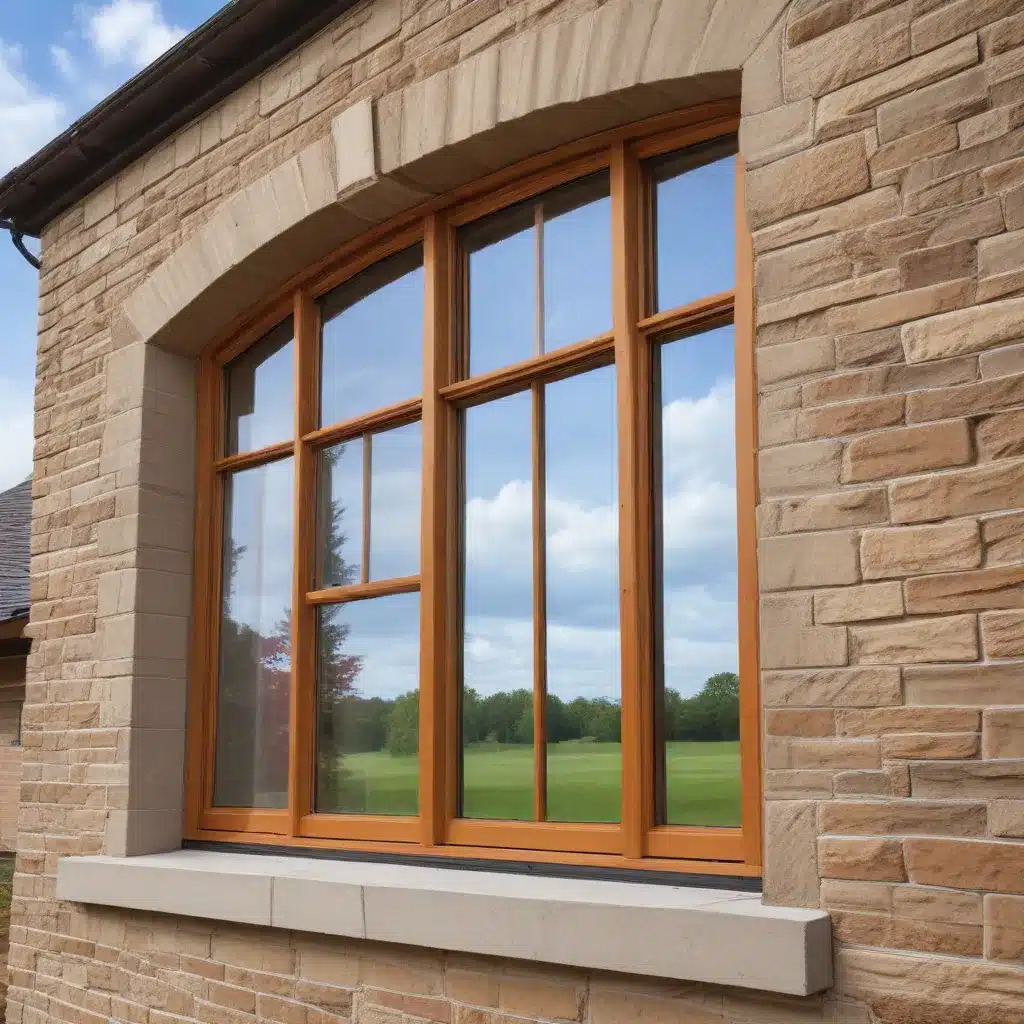As an experienced home improvement consultant, I’ve seen firsthand how energy-efficient windows can transform a home. Whether you’re building from scratch or undertaking a renovation, optimizing your window selection is crucial for boosting comfort, slashing utility bills, and embracing eco-friendly practices. In this comprehensive guide, we’ll explore the benefits of energy-efficient windows, dive into the technical details, review replacement options, and uncover strategies to maximize your savings.
Benefits of Energy-Efficient Windows
Improved Comfort
Energy-efficient windows play a pivotal role in maintaining a comfortable indoor environment year-round. By minimizing heat transfer, they help regulate temperatures and eliminate drafts, ensuring your home stays cool in the summer and cozy in the winter. This enhanced comfort not only boosts your family’s well-being but also reduces the strain on your HVAC system, leading to long-term savings.
Enhanced Home Efficiency
Poorly insulated windows account for a significant portion of a home’s energy loss, with the U.S. Department of Energy estimating that 25-30% of residential heating and cooling costs can be attributed to inefficient fenestration. By investing in energy-efficient windows, you can dramatically improve your home’s overall efficiency, reducing your environmental footprint and aligning with the growing demand for sustainable living.
Reduced Energy Costs
The financial benefits of energy-efficient windows are undeniable. According to ENERGY STAR®, homeowners who upgrade to certified windows can save an average of 12% on their annual energy bills. For homes with single-pane windows, the potential savings range from $101 to $583 per year, while double-pane window upgrades can yield $27 to $197 in annual savings. These figures highlight the substantial long-term returns on your window replacement investment.
Understanding Energy Efficiency
Window Ratings and Certifications
When selecting energy-efficient windows, it’s crucial to look for the ENERGY STAR® label and review the National Fenestration Rating Council (NFRC) ratings. The NFRC label provides detailed information on a window’s thermal performance, including its U-factor (heat transfer rate), Solar Heat Gain Coefficient (SHGC), and Visible Transmittance (VT). By understanding these metrics, you can make an informed decision that aligns with your climate and design preferences.
Thermal Performance Factors
The energy efficiency of a window is determined by several key factors, including the frame material, glazing, and the number of panes. Fibrex®, wood, vinyl, and fiberglass are some of the most common frame materials, each offering unique thermal and structural properties. Upgrading from single-pane to double-pane or triple-pane windows, along with incorporating low-E coatings and gas fills, can significantly enhance a window’s insulating capabilities and reduce energy transfer.
Window Material Considerations
When evaluating window materials, it’s important to consider their durability, maintenance requirements, and environmental impact. For example, Fibrex® composites, which are used in Andersen Windows, combine the strength and insulating properties of wood with the low-maintenance benefits of vinyl. Vinyl windows are known for their affordability and resistance to weather, while fiberglass excels in structural integrity and energy efficiency. Carefully weighing these factors will help you select the optimal windows for your home and lifestyle.
Window Replacement Options
Upgrading to Double-Glazed Windows
One of the most common and cost-effective window upgrades is the transition from single-pane to double-glazed windows. By incorporating two panes of glass with a sealed air space in between, double-glazed windows significantly improve thermal performance, cutting heat loss by up to 50% compared to their single-pane counterparts. This upgrade can have a significant impact on your home’s comfort and energy savings.
Investing in Triple-Glazed Windows
For an even greater level of energy efficiency, some homeowners opt for triple-glazed windows. These advanced units feature three panes of glass, with two sealed air spaces, providing superior insulation and reducing heat transfer even further. While the initial investment may be higher, triple-glazed windows can deliver exceptional long-term savings, particularly in extreme climate zones.
Choosing the Right Window Size and Placement
When replacing or installing new windows, it’s essential to select the appropriate size and placement to optimize energy efficiency and natural light. Larger windows can maximize daylight and passive solar heating, but they must be balanced with proper insulation and shading strategies to prevent excessive heat gain or loss. Consulting with a local home improvement expert or window specialist can help you determine the optimal configuration for your home.
Maximizing Energy Savings
Proper Window Installation Techniques
Even the most energy-efficient windows won’t perform to their full potential without proper installation. Ensuring a tight, weatherproof seal around the window frame is crucial to prevent air leaks and minimize energy loss. Professional installation by trained technicians, in accordance with the manufacturer’s instructions, is highly recommended to maintain warranty coverage and optimize energy savings.
Complementary Energy-Saving Strategies
While upgrading to energy-efficient windows is a significant step, it’s essential to combine this improvement with other energy-saving strategies for maximum impact. Complementary measures may include insulating walls and attics, sealing air leaks, and incorporating energy-efficient window coverings, such as cellular shades or reflective films. This holistic approach can yield even greater reductions in your home’s energy consumption and utility bills.
Ongoing Maintenance and Monitoring
To maintain the long-term performance and energy efficiency of your windows, regular maintenance and monitoring are essential. This includes cleaning the glass and frames, checking for air leaks, and addressing any issues promptly. By staying proactive, you can ensure your windows continue to deliver optimal comfort and cost savings throughout their lifespan.
By understanding the benefits, technical considerations, and strategic implementation of energy-efficient windows, homeowners can transform their living spaces into comfortable, eco-friendly, and cost-effective havens. Whether you’re embarking on a new construction project or tackling a renovation, this guide has provided valuable insights to help you make informed decisions and maximize your energy savings. For more home improvement tips and inspiration, be sure to visit Reluctant Renovator.




